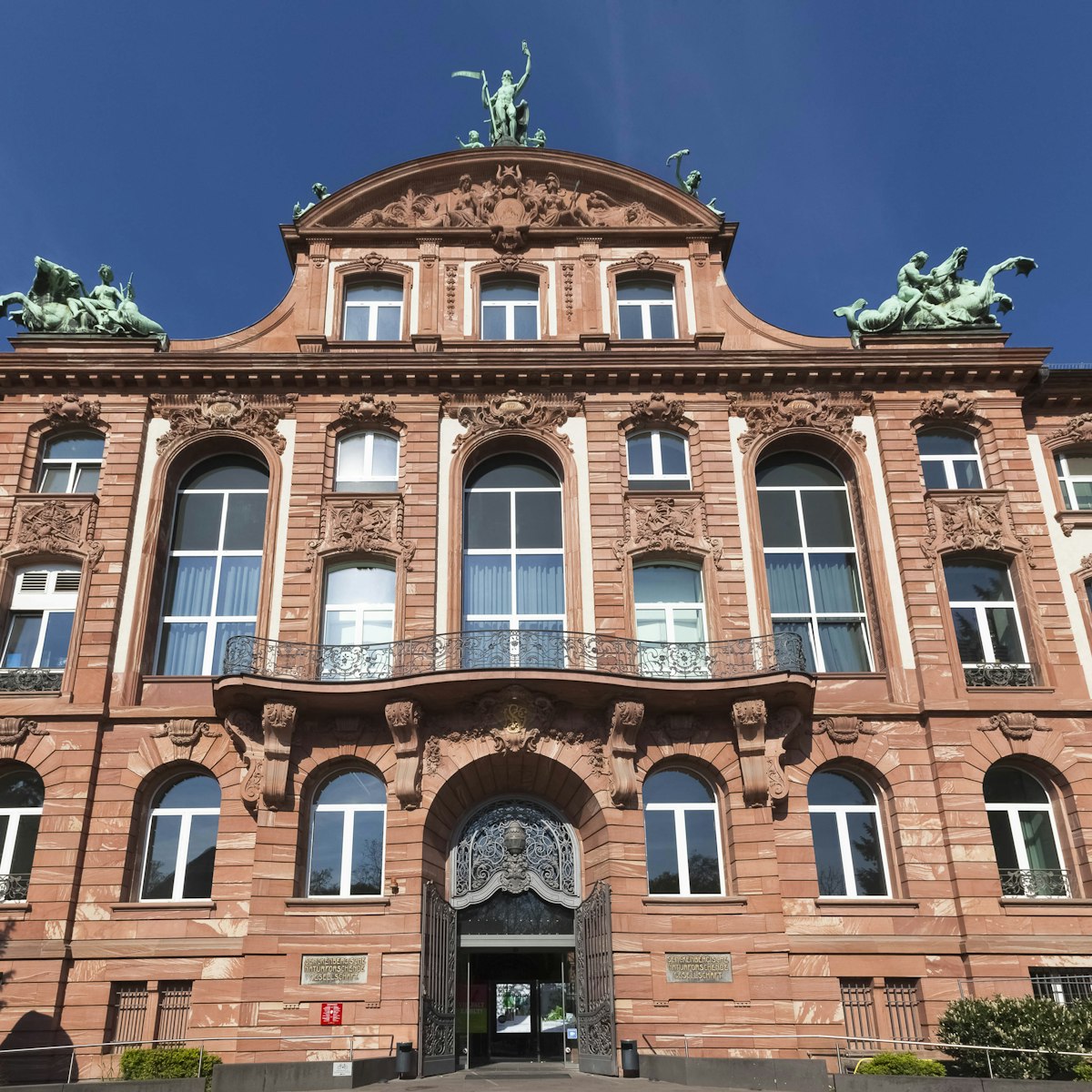Most of Frankfurt’s medieval Jewish ghetto – Europe's first, dating from 1460 – on narrow Judengasse (Jews’ Street) was destroyed by a French bombardment in 1796, but you can get a sense of local Jewish life during the 15th to 18th centuries from the excavated remains of houses and ritual baths. Laws confining Frankfurt’s Jews to the ghetto were repealed in 1811. Renovated in 2016, the museum here spotlights the former residents' interactions with Frankfurt’s Christian residents, the city council and the emperor.
Also here is the Old Jewish Cemetery; about a third of the cemetery’s original tombstones, dating from the 13th century to 1828, survived Nazi depredations; many still lean at crazy angles. The exterior of the cemetery’s western wall is known as the Wand der Namen (Wall of Names) because it is studded with row upon row of metal cubes bearing the names of 11,000 Frankfurt Jews who died in the Holocaust. Visitors often place pebbles atop the cubes to indicate, in accordance with Jewish tradition, that the deceased are still remembered.




